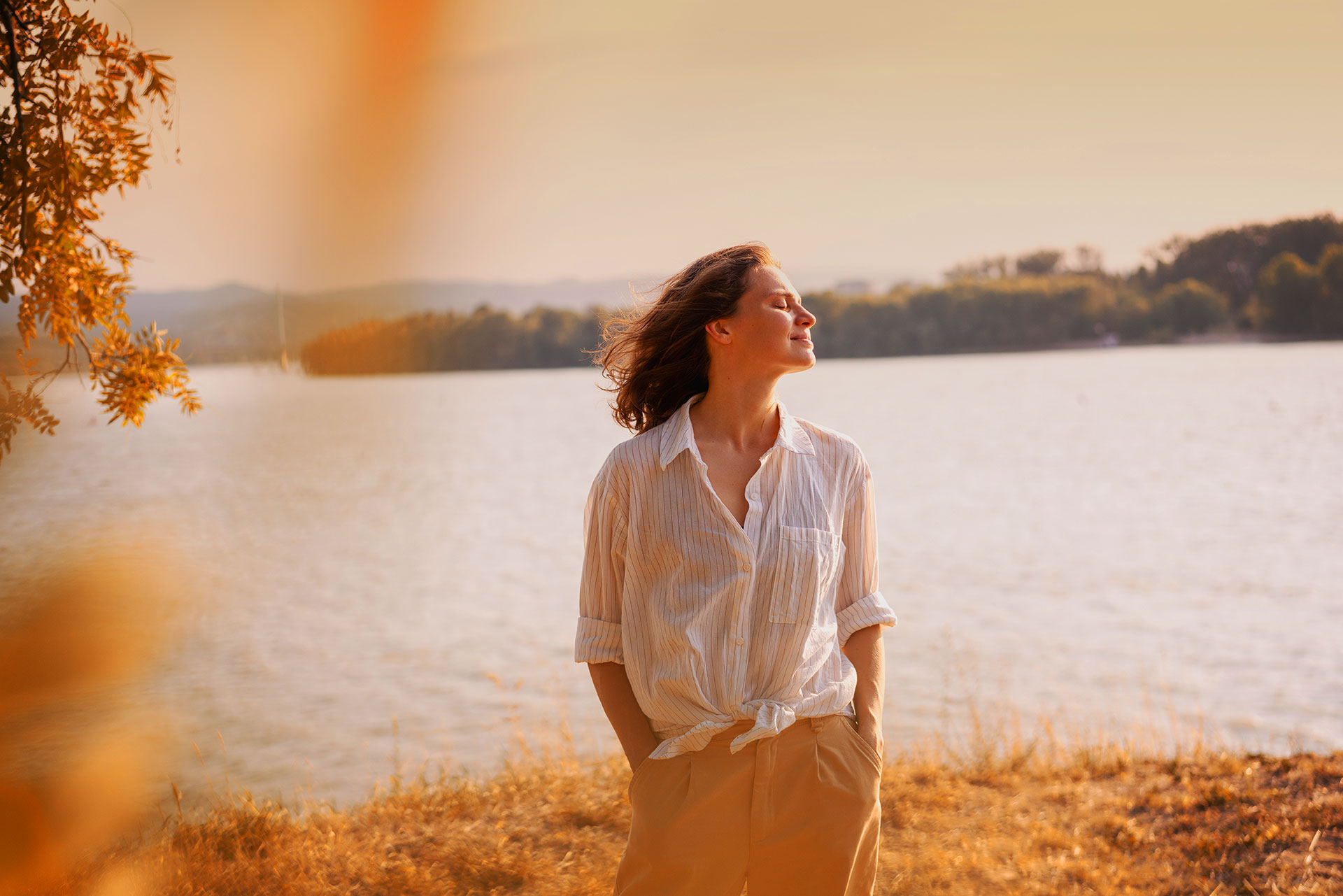There’s a rhythm to being alive, the rise and fall of breath, the pulse that hums beneath your skin, the quiet machinery of thought. When depression arrives, it doesn’t only cloud the mind. It seeps into this rhythm, into the bloodstream itself, changing how the heart moves through each moment. When Sadness Turns Physical Depression …
There’s a rhythm to being alive, the rise and fall of breath, the pulse that hums beneath your skin, the quiet machinery of thought. When depression arrives, it doesn’t only cloud the mind. It seeps into this rhythm, into the bloodstream itself, changing how the heart moves through each moment.
When Sadness Turns Physical
Depression isn’t just feeling low. It’s a biochemical rearrangement, a shift that echoes from brain to body. It slows, tightens, compresses. It changes appetite, alters sleep, and disturbs the body’s natural balance. The heart, sensitive and tireless, listens closely and often suffers quietly in response.
Scientists call it bidirectional, a two-way street. Depression can raise the risk of heart disease, while heart disease can deepen depression. The two share the same fuel: stress, poor diet, isolation, and fatigue. Fixing one often nudges the other toward recovery.
The Hidden Toll Inside
Depression doesn’t just cloud the mind; it stirs the body’s chemistry. Stress hormones rise, blood vessels tighten, and inflammation quietly smolders.
What feels like emotional heaviness is often a physical storm, and the heart ends up carrying more than its share.
Restoring Balance, One Choice at a Time
There’s no single cure, no perfect pill that untangles the mind from the body. But there are gestures, habits, rituals, small things that begin to shift the current.
- Move. Even slowly. Even for five minutes. Motion clears stagnation like wind through a still room.
- Eat simply. More greens, fewer processed foods, a drizzle of olive oil instead of butter.
- Find light. Morning sun or a lamp designed for seasonal blues, light changes chemistry faster than we think.
- Speak. Whether to a friend, a therapist, or the page of a notebook. Words release what silence stores.
- Ask for help when needed. Medication, when chosen carefully, can anchor the storm and protect the heart.
Conclusion
Heart and mind are not two separate instruments; they play together, each shaping the sound of the other. When one loses its tempo, the whole composition falters. Healing means tuning both, gently and consistently, until harmony returns. Maybe that’s the real message: that caring for your heart means tending to your thoughts.
That joy and pulse are not distant cousins, but twins sharing the same bloodstream. And that even after silence and struggle, the music can start again, slowly, beautifully, in time.
The heart feels what the mind carries. That’s why our Functional Psychiatry and Functional Cardiology programs work hand in hand, blending movement, stress mastery, and targeted nutrient therapy to restore calm and resilience.
By treating mood and heart health as one conversation, we help patients rediscover equilibrium, clarity, and a steadier pulse for daily life.








